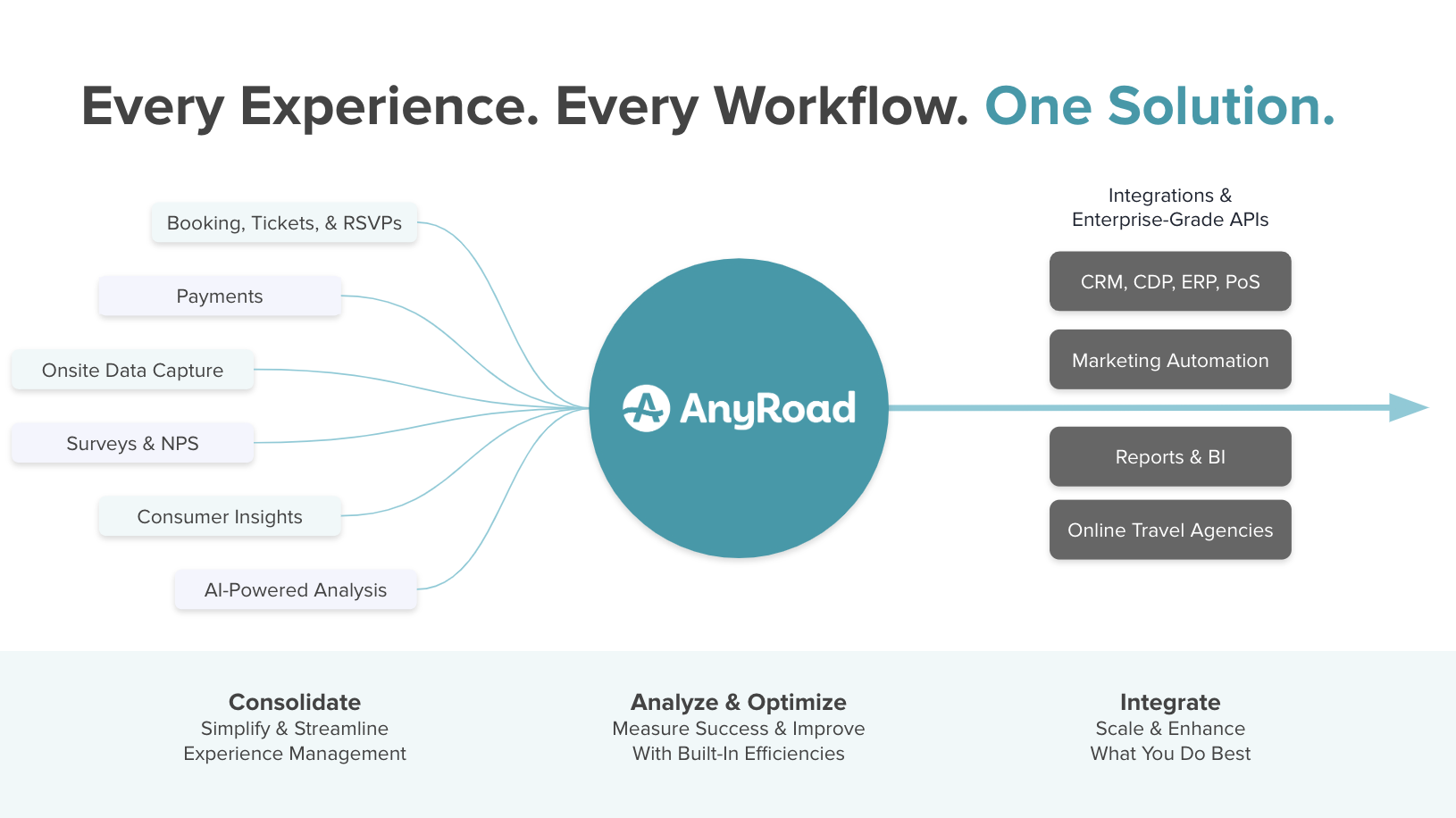What is Brand Identity?
Brand identity is the unique way a brand presents itself to the world. It encompasses everything from the company's name, logo, color palette, slogan, and typography to its messaging, tone of voice, and overall aesthetic. A strong brand identity can instantly convey a company's values, personality, and mission, and evoke an emotional connection with its target audience.By creating a recognizable and consistent brand identity, a company can differentiate itself from its competitors and build trust with its customers.
What Brand Identity includes
Company Color Palette
A company color palette are the colors and hex codes that are chosen to represent a specific brand. Often, it makes up the bulk of their logo, website, and any marketing materials. A good company color palette can help customers immediately identify your brand, no words required.
Company Slogan
A company slogan is a short phrase that is attached to a brand's advertising campaign. It is meant to capture the essence of the brand and what it stands for, in just a few memorable words. The slogan is often used in marketing materials and promotional campaigns to convey the values, mission, and unique selling proposition of the brand.
Brand Voice
A brand voice is the tone, personality, and messaging style that a company uses to communicate its brand identity to an audience. Whether it's through humor, sincerity, or authority, a brand voice should be distinctive and authentic, reflecting the culture and values of the company it represents.
Company Mission Statement
A company mission serves as a declaration of an organization's purpose and objectives, outlining the reason for its existence and guiding its decision-making processes. A mission statement also serves as an effective tool for communicating a company's purpose and values to its stakeholders, including employees, customers, and investors. A mission statement that's clear, concise, and accurate can serve as a rallying point around which the company's goals and priorities are aligned, making it easier to achieve success.
The elements of Brand Identity
Brand Positioning
Brand positioning refers to the strategies that companies use to make their brand stand out in the marketplace. It is a critical aspect of marketing as it allows companies to differentiate themselves from their competitors. Brand positioning encompasses several elements, including the value proposition, target audience, and key differentiators. The primary goal of brand positioning is to create a specific image and identity that resonates with consumers and creates a sense of loyalty.
Brand Personality
Brand personality refers to the unique combination of human characteristics such as values, beliefs, attitudes, and personality that differentiates one brand from another. When a brand has a strong personality, it becomes more than just a logo or a name, it represents a set of beliefs and aspirations that resonate with consumers.
Brand Story
Brand story is the narrative that tells the tale of the journey and development of a company. It is the story that captures the essence of the brand and communicates it in a memorable way. The purpose of a brand story is to create an emotional connection with consumers, distinguish the brand from competitors, and strengthen the brand identity.
Brand Promise
A brand’s promise is the committed identity of the brand as it depicts the values, personality, emotion, and messaging to its target audience. It’s much more than a slogan or tagline- the promise is a statement that defines the brand, sets it apart from competitors and connects with its customers emotionally, making the brand relatable. A brand promise is not a guarantee but an aspiration that the brand wants to achieve with its customers.
Brand Associations
Brand associations are the perceptions and attributes that a consumer connects with a certain brand. These associations reflect the brand identity and differentiate it from its competitors. They might include a particular color, logo, or even a slogan that triggers recognition and affiliation with the brand. For example, seeing the golden arches of McDonald's can trigger the association with fast food, convenience, and affordability.
Brand Identity Frequently Asked Questions
What is Brand Identity?
Brand identity is the unique way a brand presents itself to the world through the company's name, logo, messaging, tone of voice, and overall aesthetic.
Why are brand guidelines important?
Brand guidelines serve as a comprehensive manual that outlines the visual and messaging elements that make up a company's brand, ranging from logos and typography to tone of voice and imagery.
Why is Brand Identity important?
Brand identity helps establish trust and credibility with consumers, leading to increased customer loyalty and, ultimately, sales. By creating a consistent brand identity across all marketing channels, such as visual elements, messaging, and voice, a company can strengthen its presence and build a strong reputation.



%204.50.48%E2%80%AFp.m..png)
%2012.57.51%E2%80%AFa.m..png)